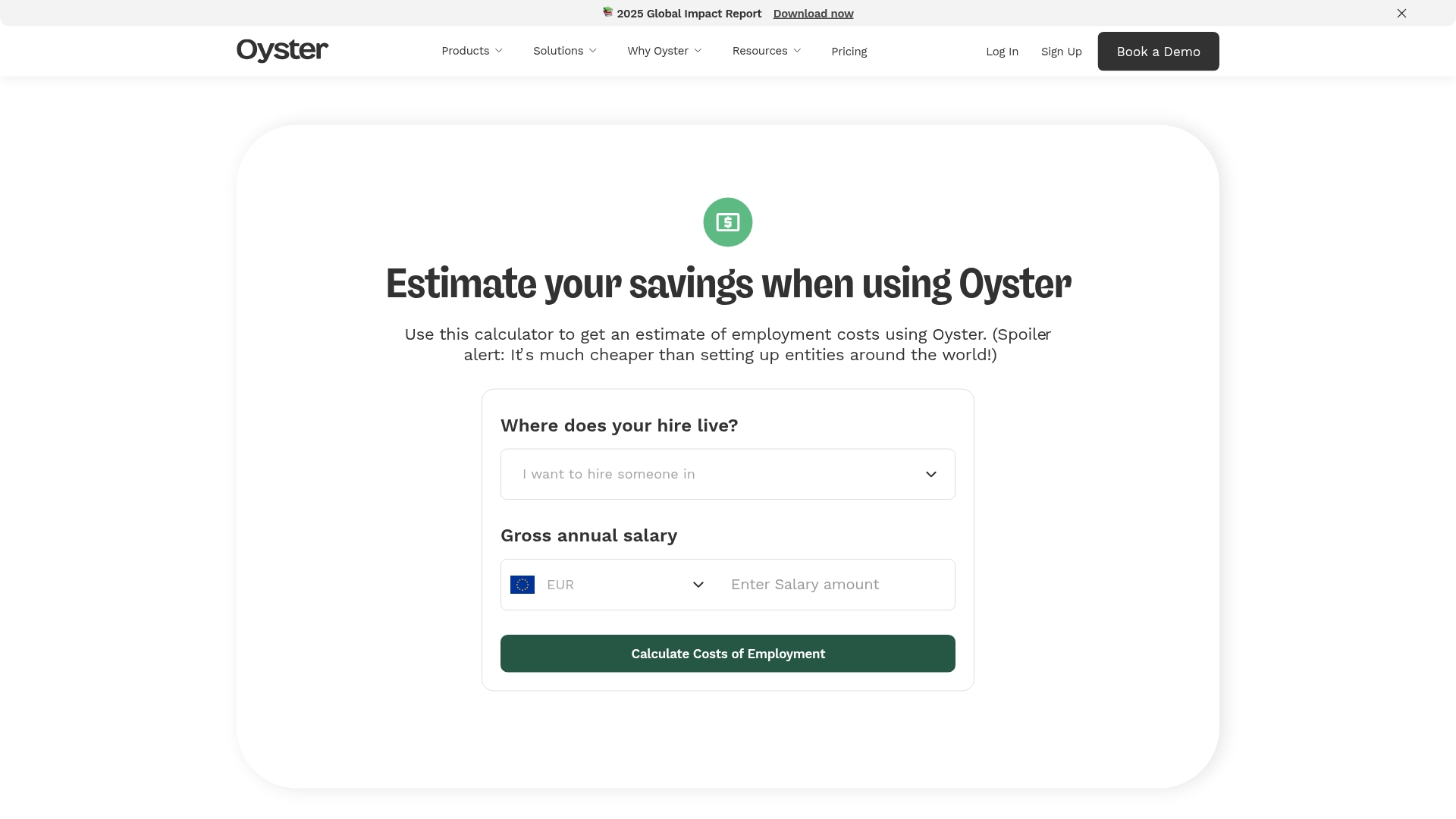What is a remote-first company?

Remote-first company
Remote-first companies have become increasingly common in a post-pandemic era. Spurred by no-contact regulations in nations across the globe, remote-first companies are providing a newfound sense of freedom for full-time employees who are no longer required to go to a physical office location to do their jobs.
Remote-first companies are helping millions of employees enjoy a greater work-life balance. This is because workers are now gaining time by shunning long commutes and becoming more productive; research from the U.S. Bureau of Labor Statistics suggests that the rise in remote work substantially contributed to productivity growth during the pandemic. Contrary to 100% remote work, remote-first companies offer employees the opportunity to come together physically. This can be done through satellite offices or coworking spaces, another popular organizational strategy used by companies in a post-pandemic world.
While remote-first companies have gained popularity, they can still be a source of contention in the workplace. This is why it’s beneficial for company leaders to become familiar with remote-first companies and how they impact the future of the workplace.
Curious about hiring across borders, but not sure how to get started? Learn the basics of building a global team with our free guide to hiring global talent!
What is a remote-first company?
A remote-first company prioritizes remote work as the default way of operating, designing all processes, policies, and culture around distributed teams. Unlike companies that simply allow remote work, remote-first organizations build their entire infrastructure to support employees working from anywhere-whether that's home, a coworking space, or while traveling.
Remote-first companies offer employees complete location flexibility:
- Work from anywhere: Team members can choose their ideal work environment
- Nomadic lifestyle support: Policies accommodate digital nomads and frequent travelers
- Optional office access: Physical spaces are available but not required
- Regular team gatherings: Planned meetups foster connection and collaboration
Despite the successes of remote-first companies, some business owners are still hesitant to embrace this option for their own enterprises. For those considering a switch to a remote-first working model, adequate research is key.
Browsing a list of remote-first companies and segmenting them by industry can help job seekers locate a job that aligns with their unique preferences. Similarly, viewing case studies of successful remote-first companies and how their employees have fared during the adjustment can help other companies decide whether remote-first work may be a viable option for their organization.
There are some legal issues to consider before choosing between office-based vs. remote-first work. For example, companies employing people within the European Union may be legally required to offer employees the right to work from home. As such, it’s important that companies create a clear plan of action regarding their future in-office and remote work policies.
Remote-first companies vs. 100% remote
Although remote-first companies and 100% remote companies share some similarities, there are some key differences between them. Remote-first companies, for instance, offer employees a common workspace in which to congregate if they choose. This allows employees to have in-person get-togethers to socialize, brainstorm, or catch up on important group work.
On the other hand, 100% remote teams rarely get together physically, and this lack of in-person interaction can have adverse effects. For instance, Gallup research found that fully remote employees are more likely to report experiencing anger, sadness and loneliness than their hybrid and on-site counterparts.
Examples of successful remote-first companies
Many forward-thinking companies have embraced a remote-first model, proving that great work can happen anywhere. These organizations lead the way in building strong, distributed cultures. Here are some well-known remote-first companies:
- Affirm
- Airbnb
- Automattic (WordPress)
- Basecamp
- Calm
- Coinbase
- Coursera
- Dropbox
- DuckDuckGo
- PagerDuty
- Quora
- Stripe
- Toptal
- Yelp
- Zapier
How to identify genuine remote-first companies
So, how can you spot a genuinely remote-first company? Here's what to look for:
- Asynchronous-first communication: Meetings aren't the default for every decision
- Strong documentation culture: Important information is written down, not trapped in hallway conversations
- Equal advancement opportunities: Remote employees have the same career growth potential as office workers
- Time zone flexibility: Policies accommodate employees across different regions
- Remote-optimized tools: Technology stack supports collaboration without requiring physical presence
Benefits of remote-first companies
Why are companies making the switch to remote-first? The benefits speak for themselves:
- Access to global talent: Hire the best people regardless of location, with 59% of companies in a global survey citing expanding the talent pool as a reason for implementing remote work.
- Improved retention: Employees appreciate flexibility, and research shows nearly half of remote workers would be unlikely to stay at their job if remote work was revoked.
- Cost savings: Reduced office overhead and operational expenses, as data shows a direct correlation between an increase in remote workers and a decrease in unit office building costs.
- Increased productivity: Fewer distractions and personalized work environments
- Greater diversity: Build more inclusive teams from different backgrounds and regions

In today’s modern workplace, employees appreciate the opportunity to work from home. Companies that are remote-first often report higher levels of employee happiness, which can trickle down and lead to enhanced productivity, better creative output, and higher team morale. For this reason, remote-first companies may have a greater number of job applicants to choose from as well as a greater chance for long-term success.
How companies implement remote-first policies
Ready to make the transition? Here's how companies successfully implement remote-first policies:
- Step 1 - Policy development: Create clear guidelines for communication, working hours, and performance expectations
- Step 2 - Technology investment: Deploy tools that enable seamless async collaboration and secure communication
- Step 3 - Compliance planning: Ensure payroll, benefits, and legal requirements work for distributed teams
- Step 4 - Culture shift: Train managers to lead distributed teams effectively
Book a demo to learn more.
Global Employment Cost Calculator

Building your global remote-first team
Embracing a remote-first model opens up a world of opportunity, allowing you to access top talent regardless of geography. It's a commitment to building a more inclusive, flexible, and effective workforce.
As you build your distributed team, having a partner to manage the complexities of global employment is key to your success. Oyster's global employment platform makes it easy to hire, pay, and care for your team anywhere in the world, compliantly. Start hiring globally and build the team you've always envisioned.
About Oyster
Oyster enables hiring anywhere in the world—with reliable, compliant payroll, and great local benefits and perks.

Related Resources


.avif)








